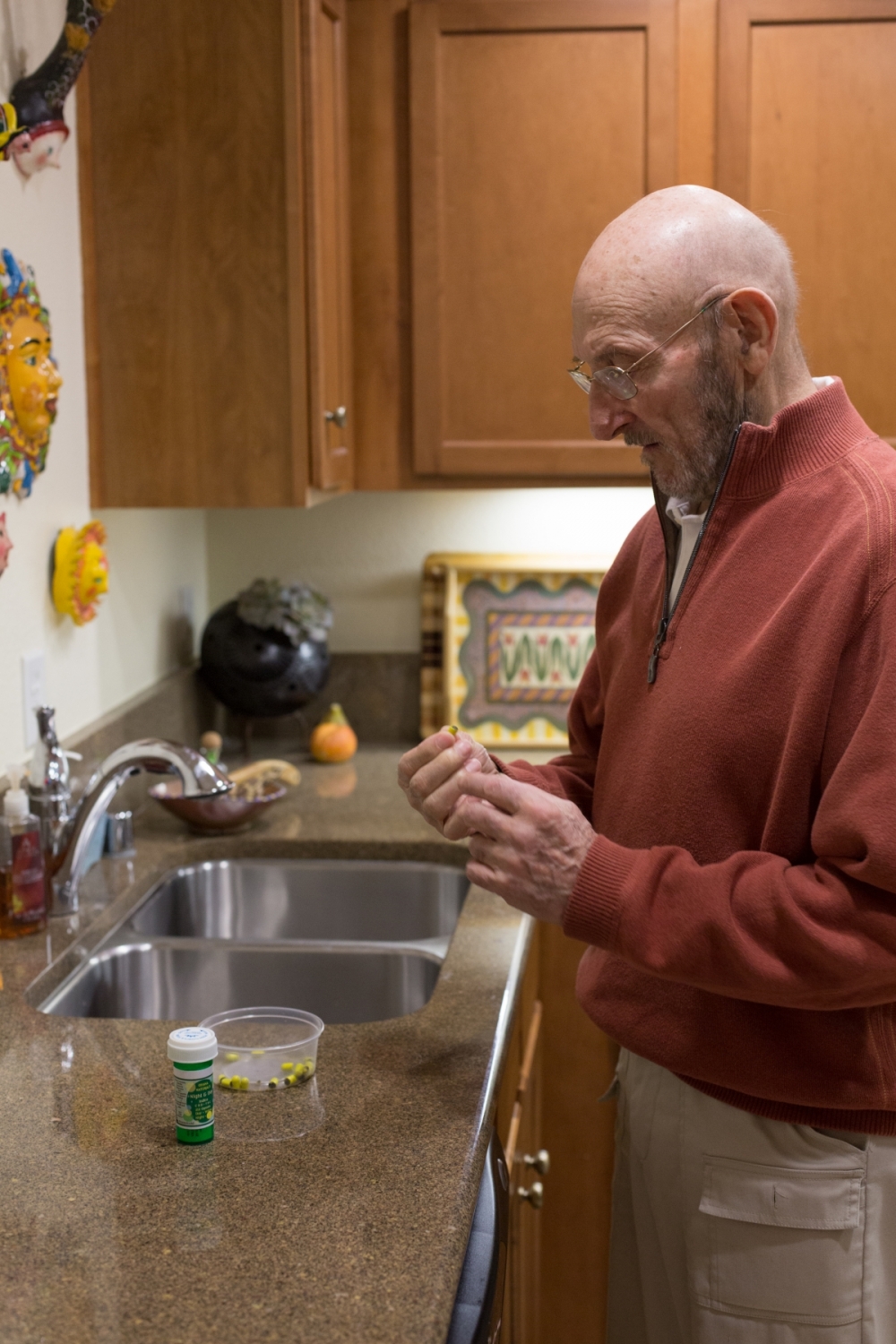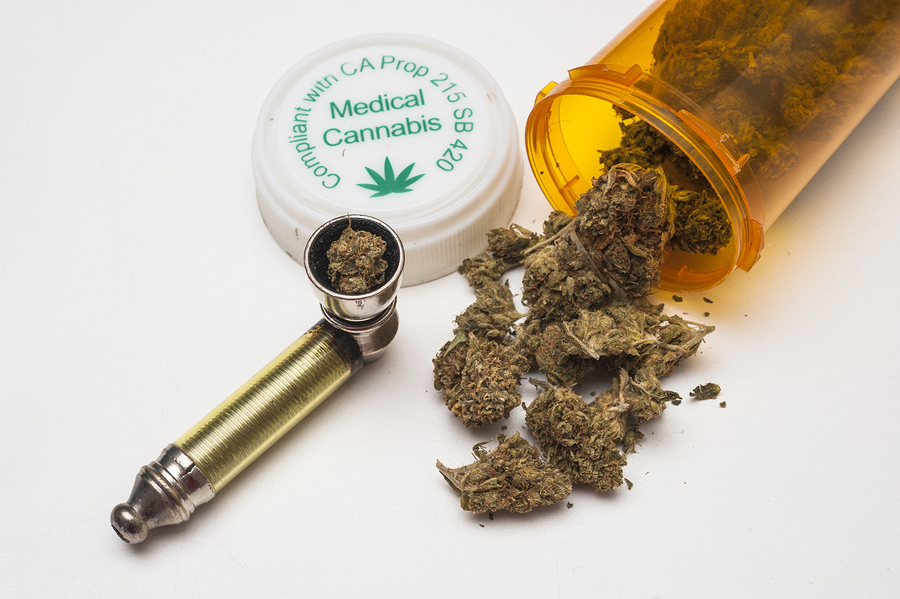5 Myths About Cannabis and the Opioid Crisis
/
By Roger Chriss, PNN Columnist
Cannabis has a glowing halo of health around it. Claims of medical efficacy abound, including a recent article in The Street that asks, “Can Legal Cannabis Help Slow the Opioid Drug Epidemic in the U.S.?”
Another article in The Charlotte Observer is more of a plea than a question: "What’s it going to take for us to recognize the value of cannabis in combating the opioid epidemic?"
These articles perpetuate five key myths about cannabis. The opioid crisis requires a significant response, but enthusiasm needs to be tempered by fact.
“I think we need to be very circumspect in what we are expecting from cannabis with respect to the opioid epidemic,” Dr. Susan Weiss of the National Institute on Drug Abuse (NIDA) said at a recent forum at the Center for the Study of Cannabis at the University of California, Irvine.
We also need to be accurate. Cannabis has significant medical potential, but if we lose sight of facts, we may fall into one or more risky myths.
Myth 1: Cannabis is Not Addictive
According to NIDA, 30 percent of those who use marijuana may have some degree of marijuana use disorder. In current parlance, a “use disorder” is a broad term that includes all forms of misuse, abuse and addiction.
The World Health Organization estimates that about one of every eight cannabis users is dependent in some way. Since the U.S. has about twice the world average for cannabis use disorder, this puts the U.S. rate at an estimated 25%, close to the number from NIDA.
“There should be no controversy about the existence of marijuana addiction,” Dr. David Smith, who has been treating drug addiction in San Francisco for 50 years, told The Pew Charitable Trusts. “We see it every day. The controversy should be why it appears to be affecting more people.”
Myth 2: There Has Never Been a Fatal Cannabis Overdose
In May, the Journal of Forensic Science reported on two fatal cases of chronic nausea and vomiting, apparently caused by persistent cannabis use.
Although cannabis has a very wide therapeutic window, it is not infinite. And cumulative effects become significant for regular users, including medical cannabis patients. There is extensive literature on non-fatal cannabis toxicity, along with increasing rates of unintentional cannabis intoxication among children.
In addition, Israeli pharmacists have been cautioning that “for older patients who suffer from cardiovascular diseases, use of the drug can lead to increased risks of blood pressure fluctuations, heart attacks, ongoing cardiac distress and even sudden cardiac death.”
Myth 3: Cannabis Can Treat Chronic Pain
In the wake of the 2017 National Academies report on cannabis, a number of major reviews and meta-analyses have been performed. A recent review in the journal Pain concluded that “it appears unlikely that cannabinoids are highly effective medicines" for chronic non-cancer pain.
Cochrane came to similar conclusions in two recent reviews, one on cannabis for fibromyalgia and the other on cannabis for chronic neuropathic pain in adults.
In other words, cannabis may not be quite the panacea that some people hope. Instead, it may be like most other medications, effective in some people for certain conditions but not for others.
Myth 4: Medical Cannabis Reduces Prescription Opioid Use
A recent study by the RAND Corporation found little evidence that states with medical marijuana laws have reduced prescribing of opioid pain medication.
"If anything, states that adopt medical marijuana laws... experience a relative increase in the legal distribution of prescription opioids,” said Rosalie Liccardo Pacula, co-director of the RAND Drug Policy Research Center.
And rather than reducing opioid abuse, statistical analyses of drug databases found that people who use medical marijuana may be at higher risk for misusing or abusing prescription drugs.
Many studies on medical cannabis look at people in state medical cannabis programs. But such programs act as biased filters that select people who are most likely to benefit from medical cannabis or believe they already have. These patient self-reports are often inaccurate and have to be interpreted with caution.
Myth 5: Cannabis Helps Recovering Drug Addicts
Pain Medicine News reported on a study that found many people undergoing addiction treatment self-medicate with cannabis to relieve their pain, anxiety, depression and poor sleeping habits. The researchers cast doubt on the effectiveness of that strategy, saying “cannabis may have an odd but unproductive effect on symptoms in some people.”
Similarly, a new study in the Journal of Clinical Psychiatry found that: "cannabis use was associated with negative long-term symptomatic and treatment outcomes” for anxiety and mood disorders.
There are plenty of anecdotal success stories about cannabis treating chronic pain, addiction and other conditions, but the plural of anecdote is not data. That hasn’t stopped 29 states and the District of Columbia from legalizing the medical use of cannabis.
“Public policy is light years ahead of the science right now,” Ziva Cooper, a professor of clinical neurobiology at Columbia University told The State Journal Register. “There seems to be this nationwide experiment on the effects of cannabis that is happening in the absence of rigorous studies.”
We have to treat cannabis with the same respect we give to any medication. Cannabis can be used medically, but we should be aware of the risks involved. And it is vital that myths be dispelled so that people who benefit from medical cannabis can use it safely and effectively.
Roger Chriss lives with Ehlers Danlos syndrome and is a proud member of the Ehlers-Danlos Society. Roger is a technical consultant in Washington state, where he specializes in mathematics and research.
The information in this column should not be considered as professional medical advice, diagnosis or treatment. It is for informational purposes only and represents the author’s opinions alone. It does not inherently express or reflect the views, opinions and/or positions of Pain News Network.



























